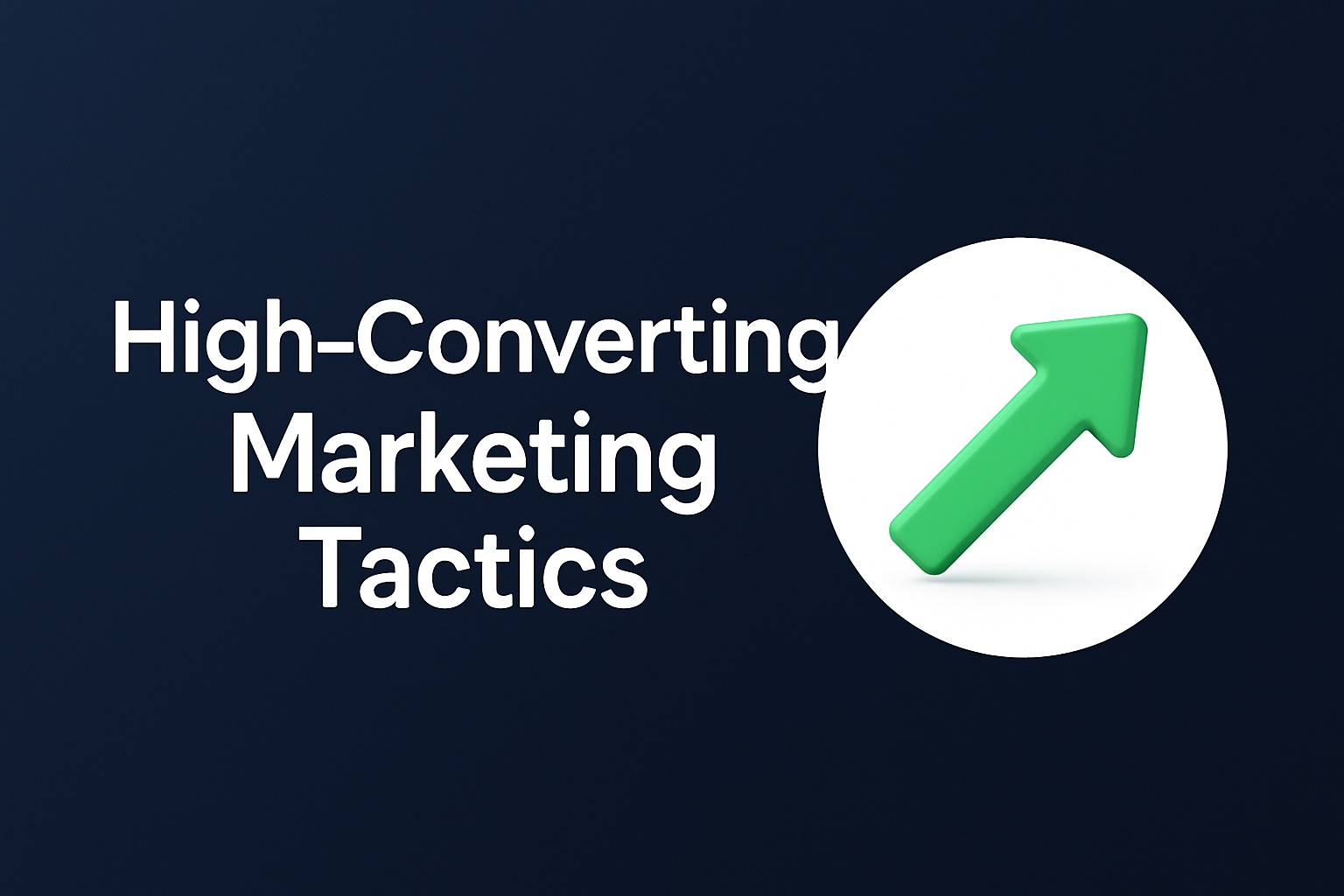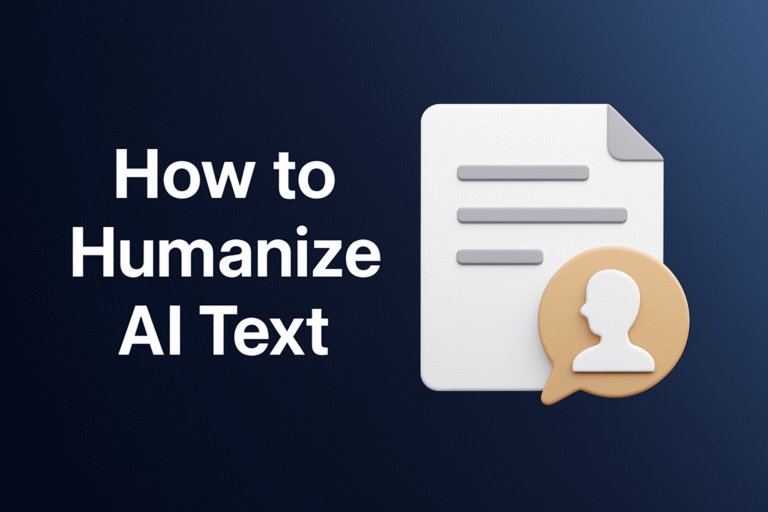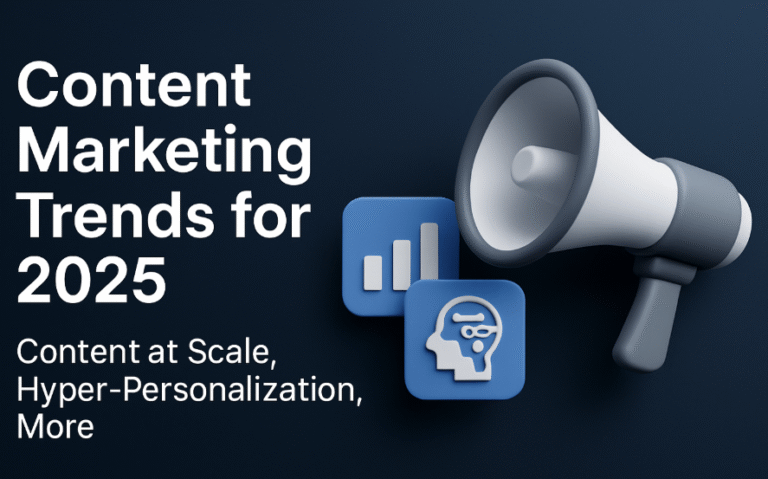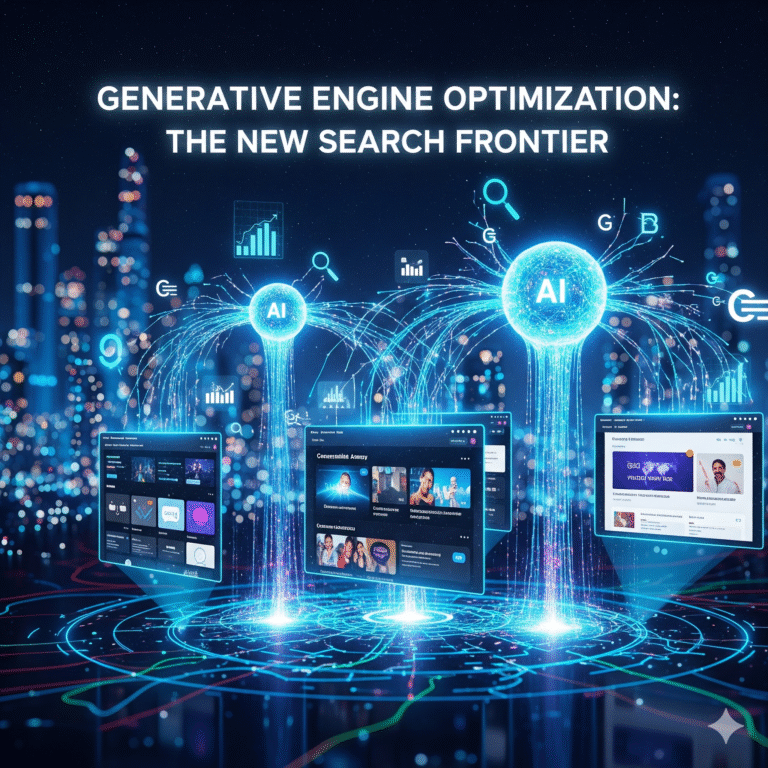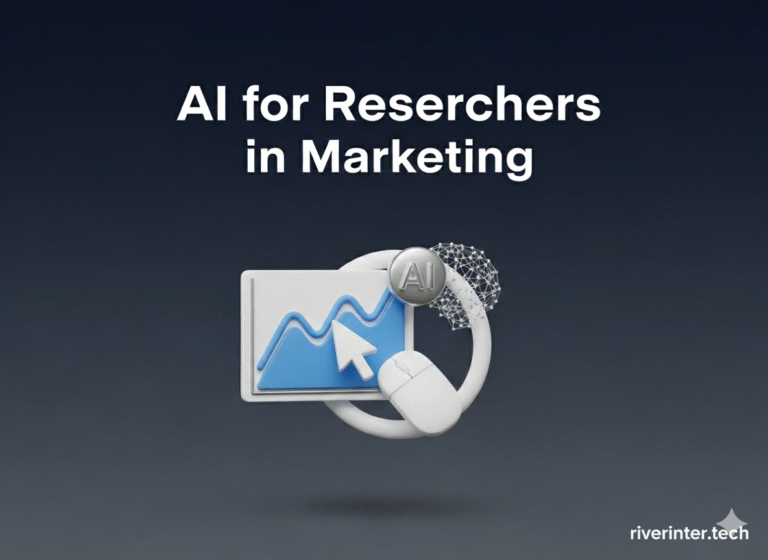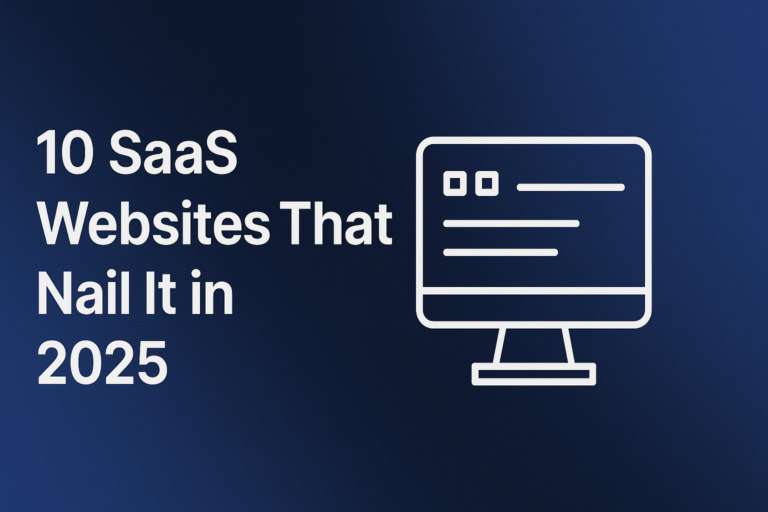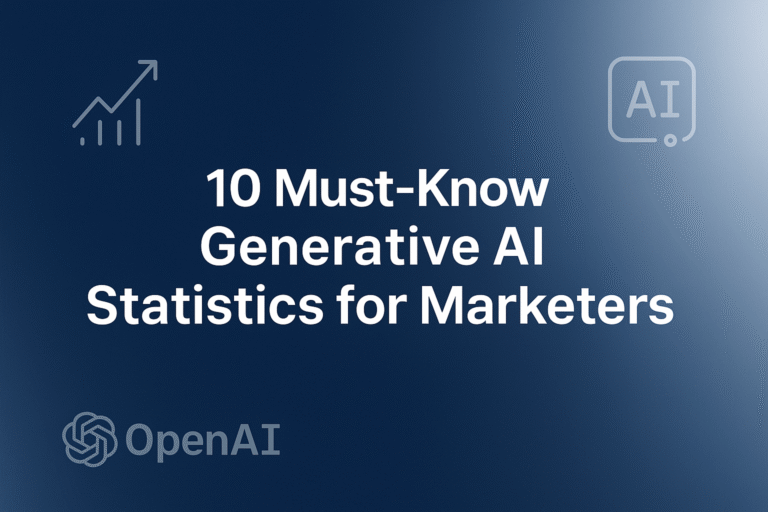Marketing Optimisation: The Ultimate Guide for High-Converting Campaigns
Did you ever pour weeks into a campaign, but it just fizzles out? You’re not alone. In 2024, almost 90% of senior marketers hit roadblocks with campaign performance and nearly half thought about pulling the plug. That’s a wake-up call for anyone trying to make every digital marketing dollar count.
Now, here’s a stat that should perk up your ears: 70% of marketers say that using data—real numbers, not hunches—makes their campaigns work better. And when companies get serious about marketing optimisation, their ROI can jump 67%. Success today isn’t about working harder; it’s about working smarter, with the right strategies and tools behind you.
Let’s break down, step by step, how to move from “meh” campaign results to real wins. We’ll cover what marketing optimisation means, show you how to dig into metrics for internet marketing optimization, give you a checklist for action, and help you pick automation tools that make your job easier—not harder.
What Exactly Is Marketing Optimisation?
Let’s put it simply. Marketing optimisation means you keep tweaking and improving your campaigns, based on what the data tells you. This isn’t just “set it and forget it.” Instead, you look for what works, what fails, and then update your approach so you always get the most for your money.
Good optimisation covers everything: which channels you use, the timing of your posts or ads, your budget split, and even your messaging. Think of it as replacing gut feelings with small, measurable gains that add up over time. Ann Handley from MarketingProfs put it best: “Optimisation isn’t about doing more, it’s about doing what works, better.” On Reddit, marketers call this approach “incremental wins over guesswork.”
How to Optimize Marketing Efforts (And Why It Matters)
If you want better campaign results, here’s what you need to do. Start with deep audience research, use data and analytics to guide every move, take advantage of automation, get social, boost your SEO, and if you have a physical business, make sure you mix online and in-person tactics.
1. Research Your Target Audience
Think about this: over half of marketers now use social listening for live feedback. Not surprising, because campaigns designed around a real person or persona are twice as likely to beat ROI targets.
Let’s take a page from a Reddit case study: One digital team tried different ad avatars inspired by forum users, then A/B tested them. They saw a 23% spike in engagement in two weeks! That’s huge. You can start by joining LinkedIn or Facebook groups where your customers hang out—ask questions, listen to their pain points, and adjust your messaging fast.
2. Use Data and Analytics
Why fly blind when you can steer with real data? Companies that use predictive analytics see a 24% higher ROI. Sure, 82% of marketers say they track how people interact across multiple channels—but only a third feel confident about those numbers.
Smart teams now use tools like Google Analytics 4 and Hotjar session replays. One Reddit marketer switched their measurement style from last-click to multi-touch and doubled their email ROI. The secret sauce? Layering tools to spot where users bounce, then tweaking those spots first for maximum impact in digital marketing optimization.
3. Take Advantage of Automation
You don’t have to do everything by hand. Automated campaigns can drive up to 320% more revenue. In Canada, 58% of marketers have already automated at least one channel (usually email or SMS).
Here’s a real workflow: Use Buffer to schedule social posts, Zapier to send cart-abandonment emails, sync new leads to your CRM, and alert your sales team in Slack—automatically. This lets you scale your efforts without adding more people or burning out your team.
4. Use Social Media
Everyone’s on social now. In Canada, 72% check at least one platform daily, and Instagram and TikTok are growing the fastest. Companies are putting more into social ads too—up 17% last year.
Want quick engagement? Try polls or AMAs (Ask Me Anything) in Instagram Stories or TikTok. Some brands even tripled their engagement on Reddit just by being more interactive. And here’s a budget-friendly tip: Micro-influencers (those with less than 10,000 followers) can get you 40% higher engagement than big-name celebs.
5. Boost Your SEO
Most online journeys start with a search engine—about 68% of them. Using AI-driven SEO tools means you can go from nowhere to page one 2.5x faster than before.
One marketer shared on Reddit that simply updating meta descriptions across old blog posts boosted their click-through rate by 21% in a month. Use Google’s “People Also Ask” for keyword ideas and structure your content around real questions. That’s a quick win for both search results and user experience, vital in optimization and marketing.
6. Don’t Forget Brick-and-Mortar Businesses
Even if customers shop in person, they start online. In Canada, 43% research on the web before stepping into a store. If your business is local, make a simple website, keep your Google My Business updated, and consider geo-targeted SMS offers. On Reddit, a small business got 18% more foot traffic just by sending SMS coupons inside a geofence.
Team up with local micro-influencers for real-time event coverage and post updates on your business profiles. Small tweaks like this can mean the difference between a slow day and a line out the door.
Data Collection: How and What to Track
Great optimisation needs good data. Canadian marketers still rely heavily on cookies (92%), but only 37% feel ready for new privacy rules. Always tell users what you track and get their consent—this is the law under PIPEDA.
- Cookies: These track who visits your site, what they click, and when they leave. This info shapes your audience targeting and helps you see what works.
- Online Surveys: Ask your users for feedback—what they loved, what was missing. Offer a coupon and your response rate jumps, as high as 30%.
- GPS Data: With GPS, you can see where users interact with your brand. Use opt-in for hyper-local offers, but always be clear about what you’re collecting and why.
How to Measure Performance: ROI and ROAS
You can’t improve what you don’t track. That’s why 54% of marketers in Canada now track both ROI and ROAS for every campaign.
- ROI (Return on Investment): This tells you how much profit you made versus how much you spent. The best teams track leads, user signups, and session data to tie results to actual dollars.
- ROAS (Return on Ad Spend): Here, you see exactly how much you earn for every dollar spent on ads. Anything over 100% means you’re in the black. Always include all costs—ad platforms, staff, and tools—to get a true number.
A mini-case: One team set up real-time dashboards using Google Data Studio. This helps everyone (not just the boss) see performance as it happens. On Reddit, focusing on ROAS helped a team get buy-in from the C-suite fast, moving the needle for the whole business in their digital marketing optimization strategy.
Automations to Make Life Easier
Want to cut campaign planning time by 40%? That’s what automation does. In 2024, 63% of marketers automate lead scoring and nurturing.
A Reddit user doubled their email conversions just by switching from single-blast emails to automated drip series. Try AI chatbots to pre-qualify leads and automatically book demos. You’ll save hours every week and catch hot leads before they cool off.
Here’s a simple automation flow:
- When someone visits your site and starts checkout but leaves, Zapier triggers a cart-abandonment email.
- Their info syncs to your CRM, flagged as ‘high value.’
- If they book a demo, a Slack alert gets sent to your sales channel.
- If they buy, a custom thank-you email goes out.
Before and After Optimisation: What Changes?
| Metric | Before | After |
|---|---|---|
| Click-through rate | 2.5% | 4.5% |
| Conversion rate | 1.7% | 3.3% |
| Revenue per email | $0.80 | $2.56 |
| Ad spend ROI | 120% | 185% |
This shows how small, smart changes in digital marketing optimisation drive big results.
Checklist: Optimising Your Marketing Campaigns
- Research your audience (use social listening and persona data)
- Map out the buyer journey (spot drop-offs with analytics tools)
- Automate where possible (emails, posts, follow-ups)
- Test different creatives (A/B test headlines, images, CTAs)
- Track your results weekly (set clear ROI and ROAS targets)
- Stay current on privacy law (especially cookie and GPS consent)
- Optimise your SEO (update keywords, refresh meta info)
- Use real-time dashboards for transparency
- Next Steps: Take Action on Your Research
- Now that you know how to unlock AI in marketing automation for tailored research, it’s your turn. Gather your business name, pick a clear goal, choose your funnel, and plug these into your marketing tools.
- Review the first results, test a new tactic each week, and watch your campaigns get smarter month by month.
FAQs on Marketing Optimisation
- What is marketing optimisation? It’s making your campaigns work harder for you by using data, automation, and customer feedback for better ROI.
- What’s the fastest way to fix a weak campaign? Start with audience research and A/B test your creative or CTA to optimize marketing campaigns.
- How do I measure ROI and ROAS? Compare the revenue from your campaign to costs using tools like Google Analytics.
- Is automation only for big teams? No. Even small businesses get big time savings and better results with automation.
- Does privacy law matter for marketing in Canada? Yes. Always get clear consent for cookies and GPS. Disclose what you track, and let users opt out.
- One tip for brick-and-mortar? Use geo-fenced texts and local SEO to bring online searchers into your store.
- Best optimisation tools? Google Analytics 4, HubSpot, Zapier, Hotjar, and Mailchimp.

